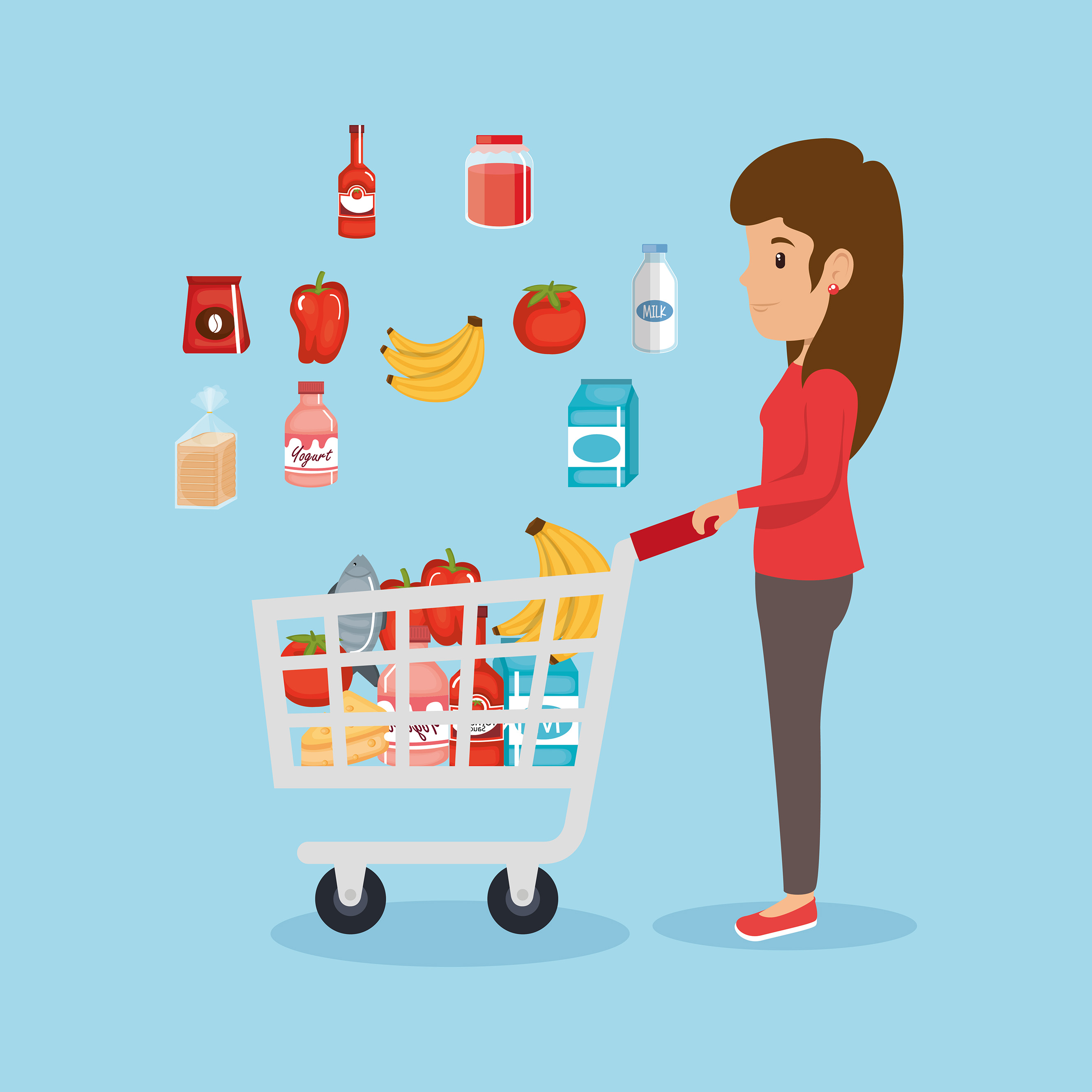The Impact of Social Media on FMCG Purchases

February 24, 2025
Social media platforms, particularly Instagram and TikTok, have revolutionized the way consumers discover, engage with, and ultimately purchase Fast-Moving Consumer Goods (FMCGs). These platforms offer a unique blend of visual content, user-generated reviews, and influencer marketing that directly influences consumer behaviour.
Key Factors Shaping Consumer Behavior:
Visual Appeal:
High-Quality Imagery: Social media platforms emphasize visually appealing content. FMCG brands capitalize on this by sharing stunning product photos and videos.
User-Generated Content (UGC): Consumers often share their experiences with FMCG products through photos and videos. This authentic content can significantly impact purchase decisions.
Influencer Marketing:
Trust and Credibility: Influencers are often seen as trusted sources of information. Their recommendations can sway consumer opinions and drive sales.
Targeted Reach: Influencers can reach specific demographics and interests, making their marketing efforts more effective.
Social Proof:
Reviews and Ratings: Social media platforms allow users to leave reviews and ratings for products. Positive feedback can significantly influence purchase decisions.
Likes and Shares: The number of likes and shares a product receives can serve as a social proof indicator.
Interactive Content:
Contests and Giveaways: Brands often use social media to run contests and giveaways, encouraging engagement and brand loyalty.
Interactive Polls and Quizzes: These can help brands gather consumer insights and create a more personalized experience.
E-commerce Integration:
Direct Purchase Links: Many social media platforms allow brands to include direct purchase links in their posts. This simplifies the buying process for consumers.
Shoppable Posts: Features like Instagram Shopping and TikTok's Shop allow users to browse and purchase products directly within the app
Examples of Brands Using Social Media to Influence:
Beauty and Personal Care: Brands like Lakmé, Maybelline, and SUGAR Cosmetics have successfully leveraged social media to reach a wide audience and promote their products through influencer collaborations, tutorials, and giveaways.
Food and Beverages: Food brands like Nestle, PepsiCo, and Britannia have used social media to launch new products, engage with consumers through contests and challenges, and showcase their brand values.
Homecare and Personal Care: Brands like HUL, ITC, and Reckitt Benckiser have used social media to educate consumers about their products, address common concerns, and build brand loyalty.
Successful Campaigns:
Dabur Red Paste: Used TikTok to create viral challenges, encouraging users to share their "Red Paste" moments.
Mamaearth: Leveraged Instagram's Reels feature to showcase product benefits and engage with their audience.
Pepsi: Created interactive AR filters that allowed users to try on different Pepsi-themed accessories.
In conclusion, social media platforms like Instagram and TikTok have played a crucial role in shaping the FMCG landscape in India. By understanding and effectively utilizing these platforms, FMCG brands can reach a wider audience, build brand awareness, and drive sales.
Tags:





